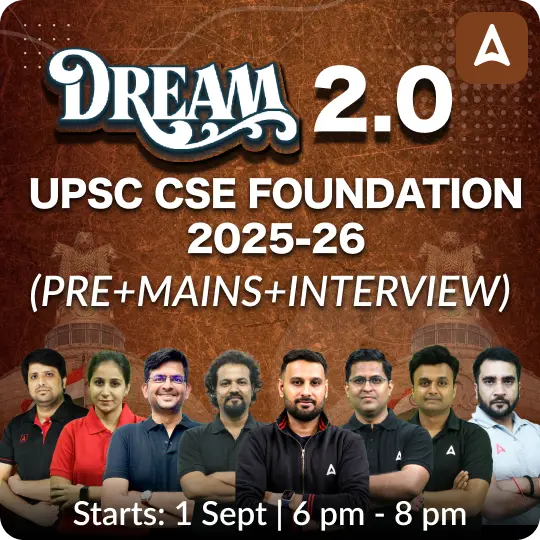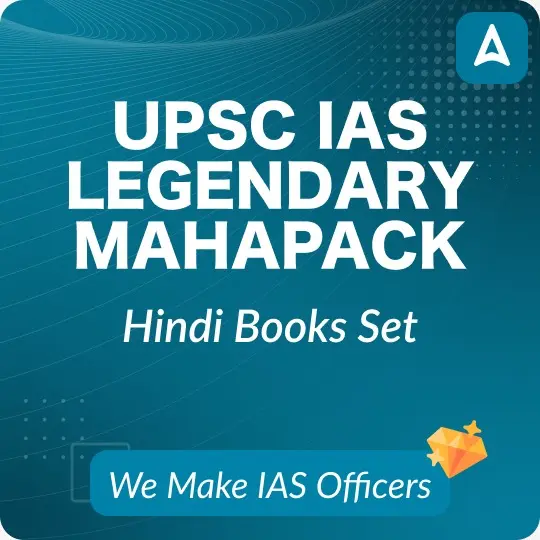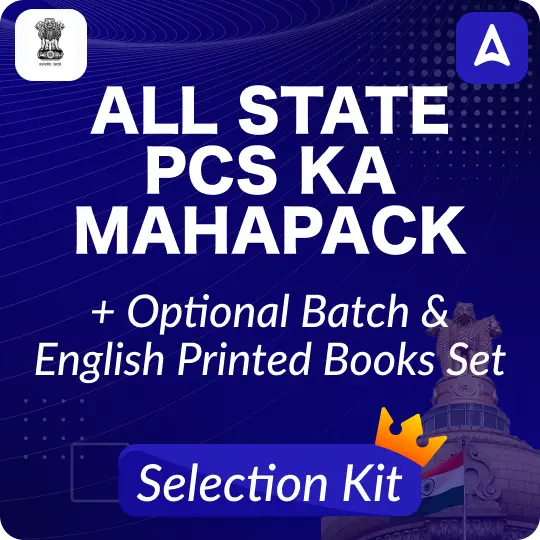Table of Contents
O-SMART Scheme: Relevance for UPSC Exam
- GS Paper 3: Science and Technology:
- Developments and their applications and effects in everyday life;
- Achievements of Indians in science & technology; indigenization of technology and developing new technology.
O-SMART Scheme: Context
- Recently, the Cabinet Committee on Economic Affairs gave its approval for the continuation of the umbrella scheme “Ocean Services, Modelling, Application, Resources and Technology (O-SMART)” for implementation during the period from 2021-26.
O-SMART Scheme: Key Points
- About: O-SMART Scheme was launched by the government in 2018. O-SMART Scheme encompasses oceanographic research activities and aims at setting up early warning weather systems.
- Parent Ministry: O-SMART Scheme is being implemented by the Ministry of Earth Sciences.
- Key Mandate: O-SMART Scheme is being implemented with the objectives-
- For providing forecasts and services based on the continuous observation of our oceans,
- Development of technologies and exploratory surveys for the sustainable harnessing of our oceanic resources (both living and non-living) and
- Promotion of front-ranking research in ocean sciences.
O-SMART Scheme: Key Significance of extending the scheme
- O-SMART Scheme will augment the capacity building of India at the international level in the oceanographic field through extensive research and technology development activities.
- O-SMART Scheme will provide further comprehensive coverage by strengthening ongoing activities to deliver cutting edge technology that will be applicable for the marine domain, understanding biodiversity towards conservation strategy, forecast & warning services etc in the next five years.
O-SMART Scheme: Sub-schemes under O-SMART
- The Ocean Services, Modelling, Application, Resources and Technology (O-SMART) scheme comprises the following sub-schemes:
-
- Ocean Technology
- Ocean Modelling and Advisory Services (OMAS)
- Ocean Observation Network (OON)
- Ocean Non-Living Resources
- Marine Living Resources and Ecology (MLRE)
- Coastal Research
- Operation and Maintenance of Research Vessels.
- Implementation: All of the sub-schemes of the O-SMART Scheme are being implemented by autonomous institutes of the Ministry of Earth Sciences. These institutions are-
- National Institute of Ocean Technology (NIOT), Chennai;
- Indian National Center for Ocean Information Services (INCOIS), Hyderabad;
- National Centre for Polar and Ocean Research (NCPOR), Goa,
- Center for Marine Living Resources and Ecology (CMLRE), Kochi; and
- National Centre for Coastal Research (NCCR), Chennai as well as involving other national institutes.
O-SMART Scheme: Kay Objectives
The objectives of the O-SMART (Ocean Services, Modelling, Applications, Resources and Technology) scheme of the Ministry of Earth Sciences (MoES), Govt. of India are-
- To generate and regularly update information on Marine Living Resources and their relationship with the physical environment in the Indian Exclusive Economic Zone (EEZ),
- To periodically monitor levels of seawater pollutants for health assessment of coastal waters of India, to develop shoreline change maps for assessment of coastal erosion due to natural and anthropogenic activities,
- To develop a wide range of state-of-the-art ocean observation systems for the acquisition of real-time data from the seas around India,
- To generate and disseminate a suite of user-oriented ocean information, advisories, warnings, data and data products for the benefit of society,
- To develop high-resolution models for ocean forecast and reanalysis systems,
- To develop algorithms for validation of satellite data for coastal research and to monitor changes in the coastal research,
- Acquisition of 2 Coastal Research Vessels (CRVs) as replacement of 2 old CRVs for coastal pollution monitoring, testing of various underwater components and technology demonstration,
- To develop technologies to tap the marine bioresources
- To develop technologies generating freshwater and energy from the ocean,
- To develop underwater vehicles and technologies,
- Establishment of Ballast water treatment facility,
- To support the operation and maintenance of 5 Research vessels for ocean survey/monitoring/technology demonstration programmes,
- Establishment of state-of-art seafront facility to cater to the testing and sea trial activities of ocean technology,
- To carry out exploration of Polymetallic Nodules (MPN) from a water depth of 5500 m in a site of 75000 sq. km allotted to India by United Nations in Central Indian Ocean Basin, to carry out investigations of gas hydrates,
- Exploration of polymetallic sulphides near Rodrigues Triple junction in 10000 sq. km of the area allotted to India in International waters by International Seabed Authority/UN and,
- Submission of India’s claim over continental shelf extending beyond the Exclusive Economic Zone supported by scientific data, and Topographic survey of EEZ of India.



 TSPSC Group 1 Question Paper 2024, Downl...
TSPSC Group 1 Question Paper 2024, Downl...
 TSPSC Group 1 Answer key 2024 Out, Downl...
TSPSC Group 1 Answer key 2024 Out, Downl...
 UPSC Prelims 2024 Question Paper, Downlo...
UPSC Prelims 2024 Question Paper, Downlo...







